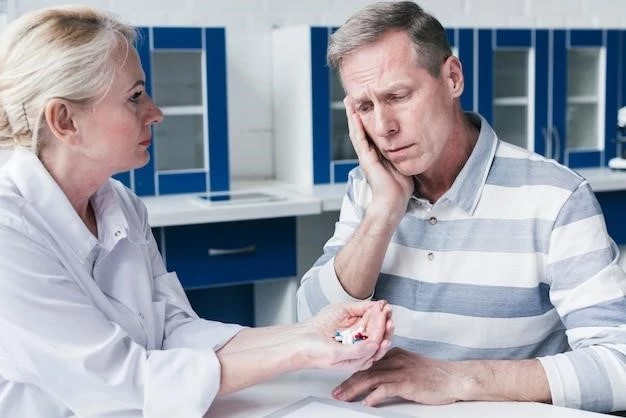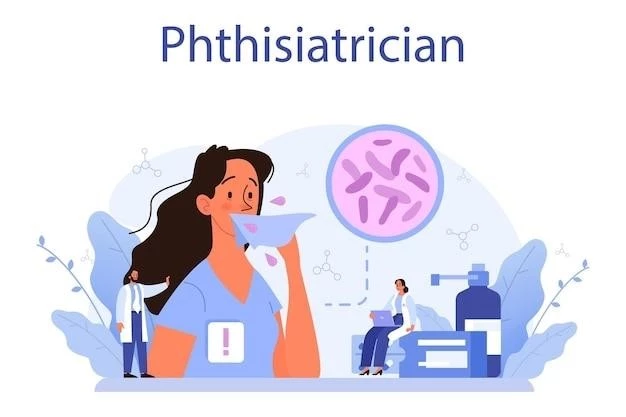Overview of Pemphigus Disease
Pemphigus vulgaris (PV) is an autoimmune disease that results in blisters on cutaneous and mucosal surfaces․ Pemphigus is a rare group of autoimmune diseases that cause blisters on the skin and mucous membranes throughout the body․
Pemphigus vulgaris (PV) is an autoimmune disease characterized by blister formation on the skin and mucosal surfaces․ The term ″pemphigus″ is of Greek origin, meaning blister․ First documented in 1788٫ this disease was initially associated with contagion but is now understood to have autoimmune origins․ Triggers for pemphigus are complex٫ involving genetic predisposition and potential environmental factors․
Types of Pemphigus
Pemphigus vulgaris (PV) is an autoimmune disease that causes blister formation on the skin and mucosal surfaces․ IgA pemphigus is a rarer subtype characterized by IgA antibodies targeting epidermal proteins․ Drug-induced pemphigus can also manifest as a side effect of certain medications․
Definition and Origin
Pemphigus vulgaris, derived from the Greek word for blister, is an autoimmune disease characterized by blister formation on the skin and mucosal surfaces․ First described in 1788, pemphigus has autoimmune origins triggered by genetic predisposition and potential environmental factors․
IgA Pemphigus
IgA pemphigus is a rare subtype of pemphigus disease defined by IgA antibodies targeting transmembrane adhesion proteins in the epidermis․ The underlying pathophysiology has been linked to various autoimmune and inflammatory conditions, such as HIV infection, Sjogren syndrome, and rheumatoid arthritis․
Drug-Induced Pemphigus
Drug-induced pemphigus is a rare form of the disease that develops as a side effect of certain medications․ The clinical manifestations of drug-induced pemphigus may mimic idiopathic pemphigus․ It is crucial to identify the causative drug and discontinue its use to manage this specific form of pemphigus effectively․
Clinical Manifestations and Diagnosis
Pemphigus disease presents with the formation of blisters on the skin and mucosal surfaces, which can lead to pain, discomfort, and potential complications․ Diagnosis involves a thorough physical examination, medical history review, and often a skin or mucous membrane biopsy to confirm the condition․
Symptoms and Effects
Pemphigus disease is characterized by the formation of painful blisters on the skin and mucous membranes․ These blisters can lead to discomfort, pain, and potential complications if left untreated․ The effects of pemphigus can impact various aspects of an individual’s daily life, requiring proper management and treatment to alleviate symptoms and prevent further complications․
Diagnostic Procedures
Diagnosing pemphigus involves a combination of physical examination, medical history review, and often a biopsy of skin or mucous membrane; Identifying characteristic blisters, assessing their distribution, and conducting laboratory tests help confirm the diagnosis․ Additionally, imaging studies may be performed to assess internal organ involvement in severe cases․

Causes and Triggers
Pemphigus is an autoimmune disease, with genetic predisposition and potential environmental triggers playing a role in its development․ Triggers may involve medications or certain underlying conditions that can lead to the onset of pemphigus․
Pemphigus is primarily an autoimmune disease, where the body’s immune system mistakenly attacks healthy cells in the skin and mucous membranes․ Genetic predisposition and environmental factors contribute to the development of pemphigus, leading to the production of antibodies that target proteins essential for cell adhesion, resulting in blister formation․
Possible Environmental Triggers
Pemphigus may have potential environmental triggers that could exacerbate the autoimmune response․ Factors such as certain medications, infections, or other environmental agents could contribute to the development or worsening of pemphigus in susceptible individuals․ Understanding and minimizing exposure to these triggers can be crucial in managing the condition․

Treatment Options
Treatment for pemphigus includes medications such as corticosteroids and immunosuppressants to manage symptoms and prevent complications․ Therapeutic approaches may involve combining different drugs to achieve better disease control․ Close monitoring and regular follow-ups are essential to assess treatment effectiveness and adjust medications as needed․
Medications
Management of pemphigus typically involves the use of medications such as corticosteroids and immunosuppressants to control the autoimmune response and reduce blister formation․ Additional therapies, including biologic agents and intravenous immunoglobulins, may be prescribed in severe cases․ Regular monitoring and adjustments of medication dosages are essential to optimize treatment outcomes and minimize potential side effects․
Autoimmune Origin
Pemphigus, an autoimmune disease, occurs when the immune system mistakenly attacks healthy cells in the skin and mucous membranes․ Genetic predisposition and environmental factors contribute to the immune system dysfunction, leading to the production of antibodies that target proteins involved in cell adhesion․ This process results in blister formation, a hallmark of pemphigus․
Living with Pemphigus
Pemphigus can be challenging to manage due to the formation of blisters on the skin and mucous membranes․ Support groups and resources can provide valuable information, emotional support, and strategies for coping with the impact of the disease on daily life․ Being proactive in treatment and seeking support can enhance the management of pemphigus․
Management Strategies
Effectively managing pemphigus involves a multifaceted approach, including adhering to prescribed medications, adopting good skincare practices to minimize blister formation, and maintaining regular follow-up appointments with healthcare providers․ Patients are encouraged to prioritize self-care, manage stress levels, and seek support from healthcare professionals and support groups to cope with the challenges posed by pemphigus․
Support Groups and Resources
Living with pemphigus can be challenging, but there are support groups and resources available to provide valuable information, emotional support, and practical strategies for coping with the disease’s impact․ Connecting with support networks can empower individuals affected by pemphigus to navigate their journey with confidence and resilience․
